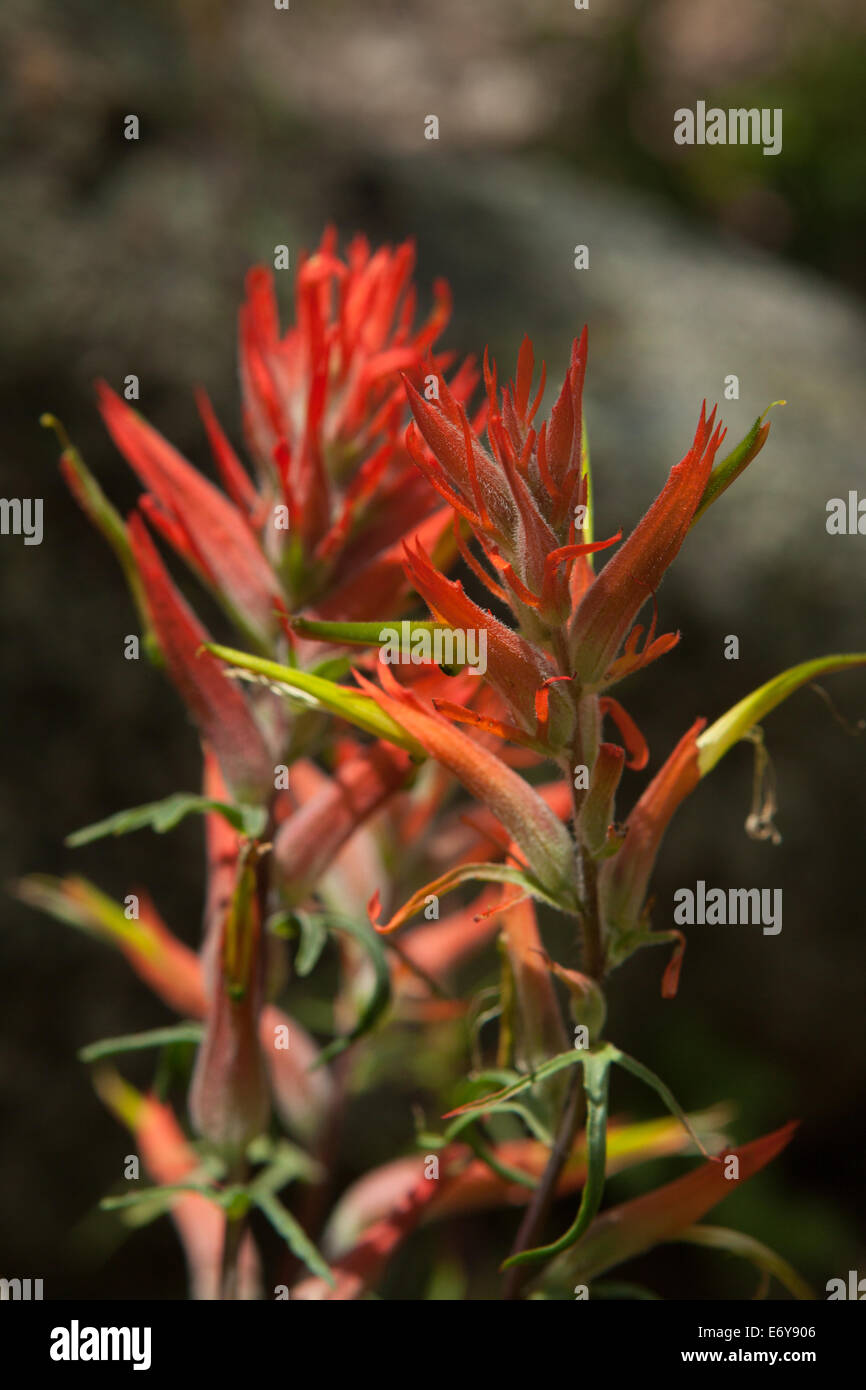

The plants are native (for one) to the west of the Americas.Ĭaution: As with other paintbrushes the plants have a tendency to absorb and concentrate Selenium in their tissues from the soils in which they grow, and can be potentially very toxic if the roots or green parts of the plant are consumed in large quantities. The species linariifolia was made the state flower of Wyoming in 1917. The genus contains about 200 species per WIKIPEDIA. Some are low to the road and others obvious from a passing car. Hwy 96 is busting out all over with wildflowers already. Meanwhile this lovely plant was entirely satisfying to our urge to discover early blooming wildflowers. That, and a good number of other stops for wildflowers, saw us arrive there so late in the day that we kept going and will try another time. These lively colored plants yanked us out of our car on our way to Lake Pueblo State Park where we hoped to find the elusive Wheel Milkweed. WIKIPEDIA has this on the re-classification: 'These plants are classified in the family Orobanchaceae ( following major rearrangements of the order Lamiales starting around 2001 sources which do not follow these reclassifications may place them in the Scrophulariaceae).' End quote.
DESERT INDIAN PAINTBRUSH HOW TO
Mae Timbimboo Parry, once a recordkeeper of the Northwestern Band of the Shoshone, sketched how to identify sagebrush in much the same way. Alternately, a student wrote that sagebrush is minty, soft, and “smells horrible.” We learned to recognize the sagebrush leaf three-toothed tridents and the magical way rubbing the leaves on paper both releases and traps that distinctive fragrance. Another thought that it looks like a banana, smells sweet, and likes bees and rocks. One student wrote that rabbitbrush smells like strawberries and is bushy yellow. To celebrate Aggie homecoming, my first grade class went out this week to explore describing adjectives of sagebrush compared to those for rabbitbrush, another brush native in Utah. In fact, some species of indian paintbrush are root-parasites for sagebrush, intertwining roots to access water and nutrients because they lack small hairs on their own.Ĭourtesy and Copyright © by Shannon Rhodes, photographerThe Utah State University fight song captures the love we have for the spots in Utah where sagebrush grows. Often, when we see indian paintbrush, whether we’re in Utah’s deserts up in elevation through subalpine meadows, we also see sagebrush. Of course, our petroglyphs are fascinating, but I like to imagine how the pictographs adorning many of Utah’s “learning rock” sandstone walls may have been painted with brushes, fingers, and other tools many centuries ago.

In Tomie dePaola’s children’s picture book “The Legend of the Indian Paintbrush,” Little Gopher discovers “brushes filled with paint, each one a color of the sunset.” The legend is a flashy tale celebrating this member of the figwort family and stories captured in rock art. The nickname “prairie fire” is an accurate one, highlighting the variety of colors we find: reds, oranges, yellows, pinks, purples, and sometimes a mixture of two.
DESERT INDIAN PAINTBRUSH DOWNLOAD
Download file | Play in new window | Duration: 3:02 | Recorded on October 25, 2021Ĭourtesy and Copyright © by Shannon Rhodes, photographerOf all the lovely wildflowers to enjoy in Utah, indian paintbrush has to top my list.


 0 kommentar(er)
0 kommentar(er)
